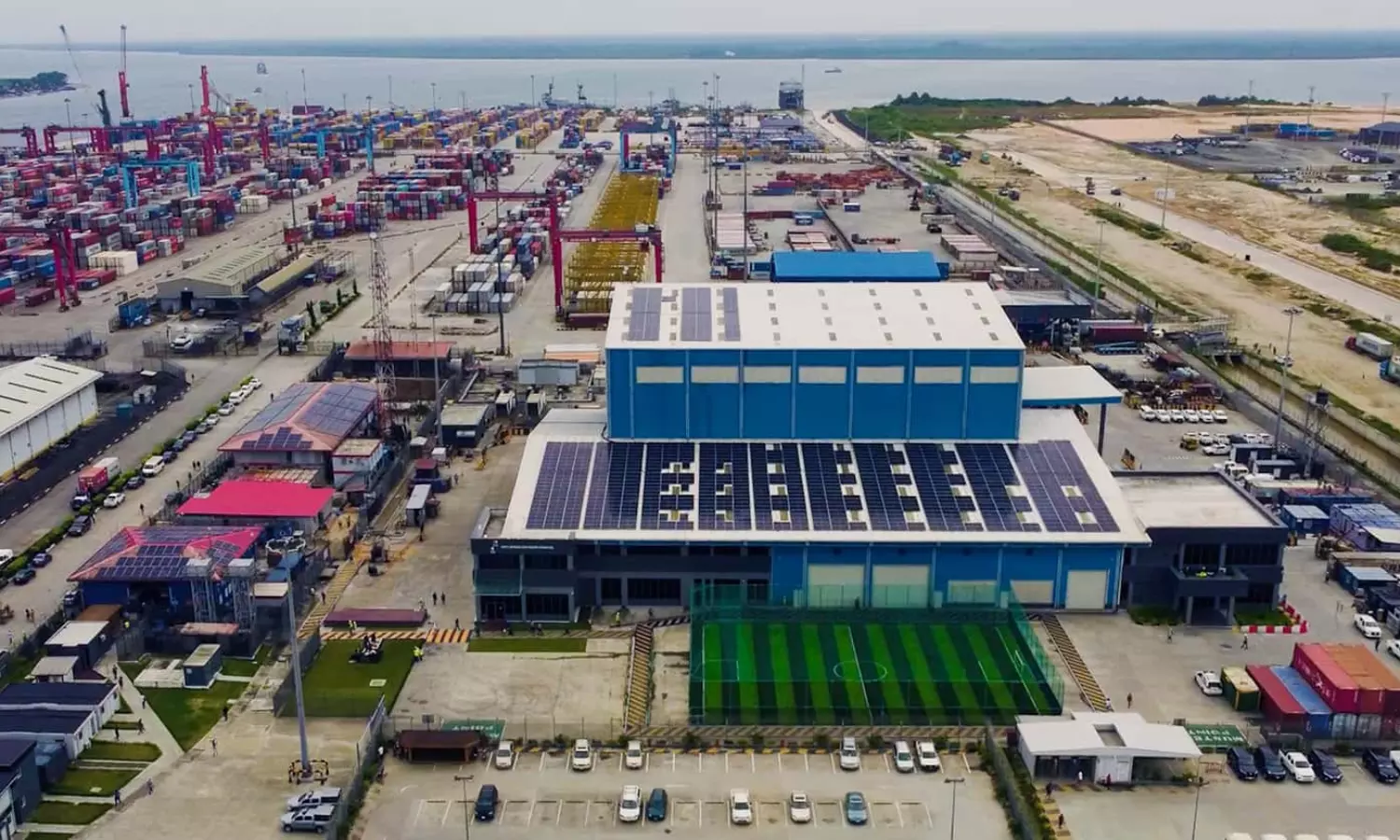Logistic

Middle East airlines see demand drop as global passenger growth slows down in June

Disruption in the Middle East air travel in June saw total passenger demand growing modestly by 2.6 compared to June 2024, according to the International Air Transport Association (IATA) released data.
Middle Eastern carriers saw a 0.4 percent year-on-year decrease in demand. Capacity increased 1.1% year-on-year, and the load factor was 78.7 percent (-1.2 ppt compared to June 2024). Military conflict particularly impacted traffic on routes to North America (-7 percent year-on-year) and Europe (-4.4 percent year-on-year).
Total demand, measured in revenue passenger kilometers (RPK), was up 2.6 percent compared to June 2024. Total capacity, measured in available seat kilometers (ASK), was also up 3.4 percent year-on-year. The June load factor was 84.5 percent (-0.6 ppt compared to June 2024).
International demand rose 3.2 percent compared to June 2024. Capacity was up 4.2 percent year-on-year, and the load factor was 84.4 percent (-0.8 ppt compared to June 2024).
International demand rose 3.2 percent compared to June 2024. Capacity was up 4.2 percent year-on-year, and the load factor was 84.4 percent (-0.8 ppt compared to June 2024).
Domestic demand increased 1.6 percent compared to June 2024. Capacity was up 2.1 percent year-on-year. The load factor was 84.7 percent (-0.4 ppt compared to June 2024).
“In June, demand for air travel grew by 2.6 percent. That’s a slower pace than we have seen in previous months and reflects disruptions around military conflict in the Middle East. With demand growth lagging the 3.4 percent capacity expansion, load factors dipped 0.6 percentage points from their all-time record-high levels. At 84.5 percent globally, however, load factors are still very strong. And with a modest 1.8 percent capacity growth visible in August schedules, load factors over the Northern summer are unlikely to stray far from their recent historic highs,” said Willie Walsh, IATA’s Director General.
International RPK growth reached 3.2 percent in June year-on-year, but load factor fell across all regions as capacity growth outstripped demand. The steepest fall in RPK growth from May was in the Middle East, where international traffic contracted 0.4 percent year-on-year, impacted by military conflict.












